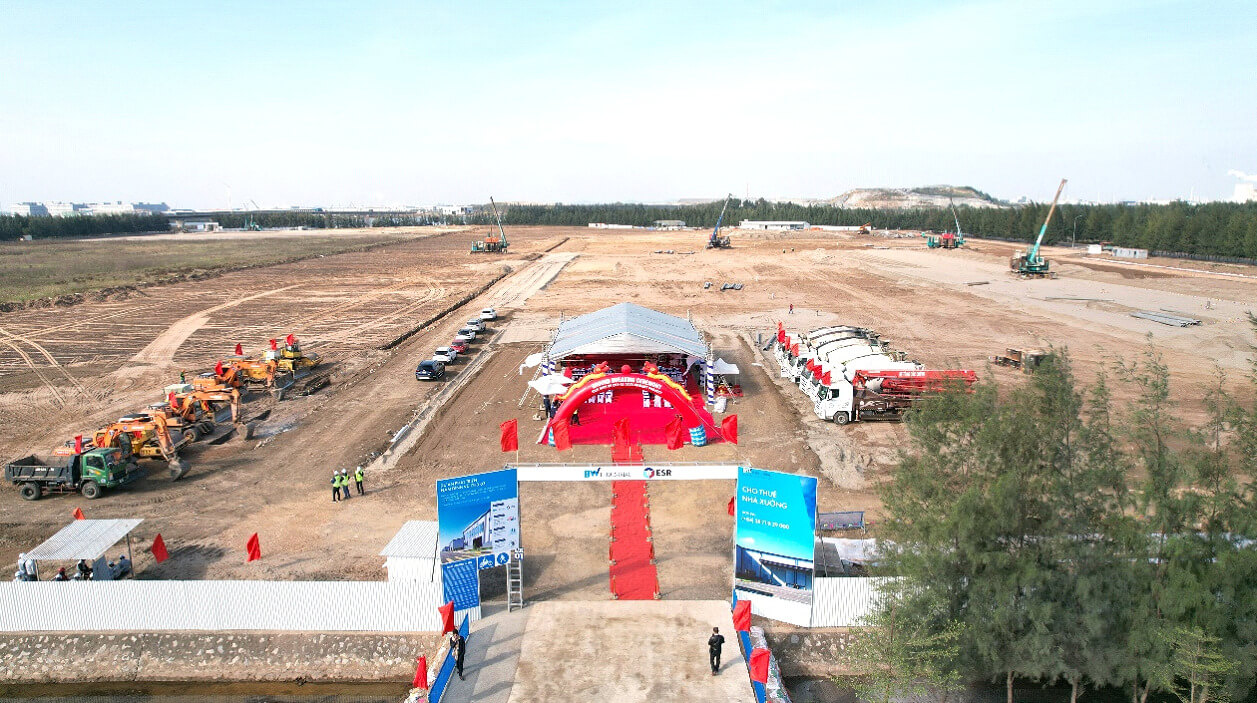인사
Exploring the Labor Market: Navigating Hanoi and Ho Chi Minh city’s Dynamic Labor Market
7월 1, 2024
Vietnam has been increasingly recognized as an attractive destination for foreign investors, boasting a growing economy and a dynamic workforce. Among its bustling cities, Hanoi and Ho Chi Minh City stand out as key hubs for business and commerce. As investors seek to establish or expand their presence in Vietnam, understanding the labor market dynamics in these two cities becomes crucial for strategic decision-making.
Labor supply
Hanoi and Ho Chi Minh City exhibit varying degrees of labor availability, influenced by regional demographics and economic activities. Hanoi, as the political and cultural capital, enjoys a diverse pool of talent, drawing from the surrounding provinces. Ho Chi Minh City, on the other hand, benefits from its status as the economic hub, attracting a constant influx of workers seeking employment opportunities. Both cities boast a relatively young population, contributing to a vibrant and energetic workforce.
| KEY INDICATORS (2022) | HA NOI | HO CHI MINH CITY |
|---|---|---|
| Population | 8.4 million | 9.4 million |
| Labor force | 4 million | 4.7 million |
| % of trained labor | 50.3% | 35.6% |
| Unemployment rate | 2.2% | 4.2% |
| Underemployment rate | 0.6% | 1% |
Source: GSO
Labor quality and specialization
The quality and specialization of the labor force differ between Hanoi and Ho Chi Minh City.
Hanoi, with its emphasis on education and research institutions, offers a workforce known for its technical skills and intellectual prowess. This makes the capital city an ideal location for businesses requiring a highly educated workforce.
In contrast, Ho Chi Minh City, with its focus on commerce and industry and excels in providing a labor force with practical, hands-on skills, particularly in manufacturing, logistics, and technology.
Labor cost
When it comes to labor costs, both cities present competitive advantages. Hanoi, with its lower cost of living, provides businesses with the opportunity to access skilled labor at a comparatively lower cost. Ho Chi Minh City, while having a slightly higher cost of living, compensates with a more extensive pool of workers with specialized skills, often justifying the additional expense.
The table below outlines an example of salary benchmarking for labor in the logistics sector.
| POSITION | HANOI | HO CHI MINH CITY | ||
|---|---|---|---|---|
| Min. | Max. | Min. | Max. | |
| CEO | 2,000 | 7,000 | 3,500 | 10,000 |
| Director/ Head of Department | 1,400 | 3,000 | 1,500 | 3,500 |
| Manager | 1,000 | 2,000 | 1,000 | 2,000 |
| Team Leader/Supervisor | 800 | 1,300 | 800 | 1,300 |
| Experienced/ Not yet a manager | 480 | 800 | 550 | 900 |
| Fresh graduate/ Less than 2 years of experience | 350 | 700 | 350 | 700 |
Source: Salary Guide 2024 by Navigos Search
Ultimately, the choice between Hanoi and Ho Chi Minh City depends on various factors such as industry focus, specific business requirements, and strategic objectives. By thoroughly exploring the labor market dynamics in both cities, foreign investors can make informed decisions that align with their long-term goals in Vietnam’s rapidly evolving economy.







